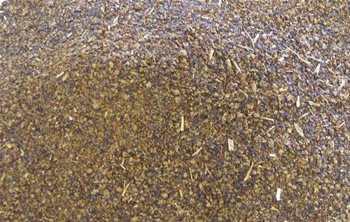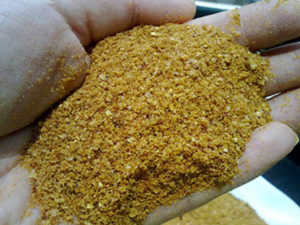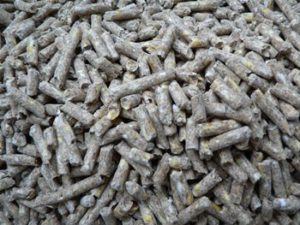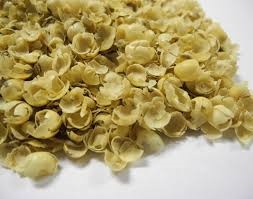Canola
Canola – What is it?
Canola (Brassica napus or Brassica campestris) is an oilseed which is widely grown in Australia, Canada and the northern states of the U.S. and has been developed out of rapeseed, which is high in erucic acid and glucosinolates. These anti-nutritional factors have sharp bitter flavours and can cause decreased performance and feed consumption. Canola was developed to produce food grade oil (Canadian oil, low acid) and a feed grade by-product (canola meal) low in anti-nutritional factors. The oil is separated from the meal by crushing and solvent extraction of the canola seed. Canola meal is widely used as a feed ingredient on ruminant diets, mainly for its protein content.
Features and benefits:
- Canola meal contains about 40 per cent protein, of which 30-35 percent is rumen undegradable (“bypass”). The other 65-70 per cent is degradable in the rumen. This is quite similar to the protein fraction found in soybean meal.
- Canola meal is relatively high in the amino acids histidine, threonine and the sulphur-containing amino acids methionine and cystein, which makes it a good combination with other protein sources like soybean meal.
- As the canola-hulls stay with the meal while being processed, the fibre levels (NDF) are slightly higher than those found in soybean meal, which is de-hulled before the extraction process. This results in an ME somewhat lower than found in soybean meal.
- The level of macro minerals like calcium, magnesium and phosphours are relatively high in canola meal as compared with other oilseed meals.
- Canola works well in diets low in rumen degradable protein, e.g. in diets with over 40 per cent of the diet in low protein feeds as maize silage, whole crop silage, stalky grass silage or grain.
Storage:
Like all feedstuffs, Canola meal should be stored dry, in bulk bins or placed on cement slabs (away from vermin and covered and protected from the weather accordingly).
Feeding recommendations:
The benefits of canola meal are best captured in a balanced feed ration. Normally feeding rates for dairy cows are 0.5-2 kg per day. Canola meal is slightly less palatable than other oilseed meals and usually will take a few days for dairy cattle to adjust to after introduction. Canola meal can be fed mixed with silage in the paddock or on the feed pad. It can also be fed via the grain feeding system in the dairy shed, by itself or mixed with other ingredients. Canola is not suitable for self-feeding like palm kernel expeller. Consult your nutritionist or farm consultant to work out the optimal inclusion level for you particular situation.
Suggested maximum inclusion levels in total rations for other species:
| Animal Species | Max. inclusion level (%) |
|---|---|
| Calves | 15 |
| Beef Cattle | 20 |
| Lamb | 10 |
| Sheep | 15 |
| Broiler | 15 |
| Layer | 10 |
| Starter pig | 10 |
| Finisher pig | 15 |
| Sow | 20 |
Typical nutritional analysis:
| Moisture, % | 7.0 |
| Protein, % | 36.5 |
| ME, MJ/kg | 13.4 |
| DEpig, MJ/kg | 13.9 |
| AMEpoultry, MJ/kg | 9.8 |
| Fat, % | 10.5 |
| NDF, % | 24 |
| ADF, % | 17 |
| Ash, % | 6.3 |
| Calcium, % | 0.56 |
| Phosphorus, % | 0.96 |
| Magnesium,% | 0.47 |
| Lysine, % | 1.95 |
| Methionine, % | 0.73 |
| Cysteine, % | 0.87 |
| Threonine, % | 1.49 |
| Tryptophan, % | 0.45 |





